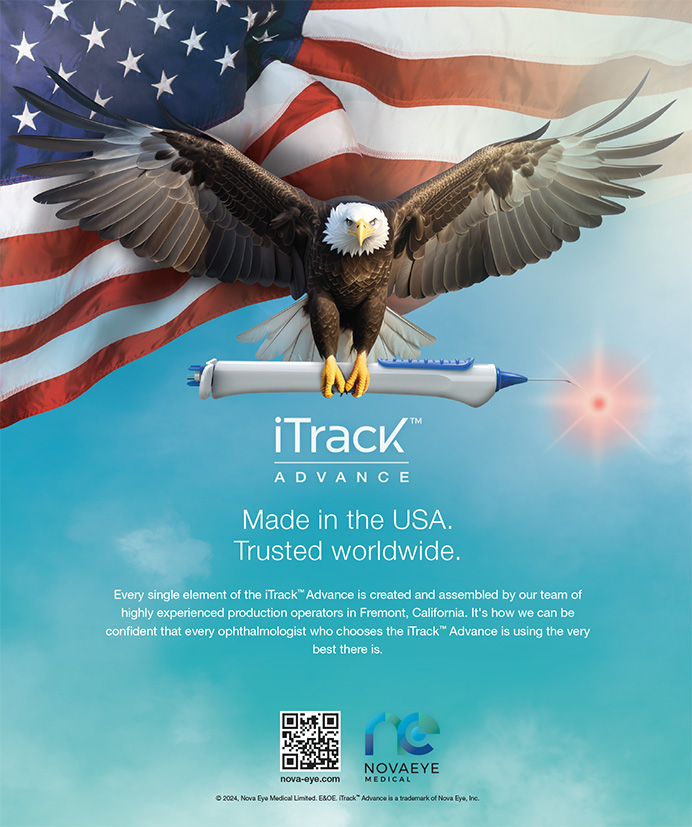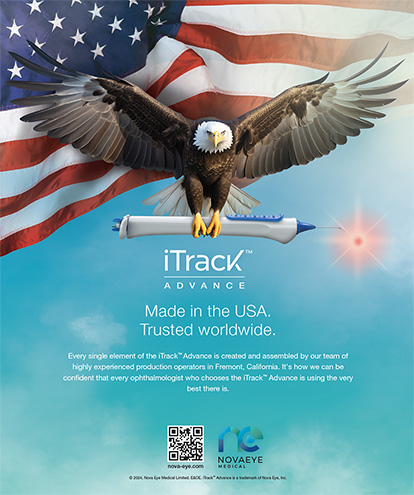Although it is the last year of eligibility to receive incentives for implementing electronic health records (EHRs) from the Centers for Medicare & Medicaid Services, practices should not choose a system in haste without first understanding the impact it will have on their business. Many early adopters chose vendors with cumbersome systems that failed to accommodate small practices. Unhappy, quite a few of these early adopters jumped ship to another wrong fit, because they failed to do their homework. As a practice administrator at an ophthalmic practice with four doctors and 32 staff members, I have several tips for making EHR implementation a success.
BUILD A SUPPORT NETWORK
Our practice participates in a unique group called the Florida Society of Ophthalmic Administrators, a professional association providing information, networking, and development for medical group practice administrators. We meet quarterly to discuss issues affecting medical practices and go to each other for support on various topics, including advice on installation. We are currently forming a user group with key staff from each practice to meet quarterly and review what we are facing with our EHR systems and to determine how we can help each other. Oftentimes, there is more than one way to accomplish a task, so it helps to have different perspectives.
VISIT OTHER PRACTICES
Most adopters understand how difficult it is to implement an EHR system and are open to accepting visits from their peers. The practice administrator should not be the only one to visit practices. Once I narrowed my selection down to a couple of EHR vendors, I sent the billing and clinic supervisors to the same practices to meet with their individual counterparts in those offices so that they could get a feel for the EHR systems. I also had my colleagues speak with the ophthalmologists if they were available.
After multiple site visits and phone conversations with different practices, I realized that several EHR systems did not flow easily with our practice design. Several practices in my area had implemented an eyecare specific EHR system (ManagementPlus), and after seeing the system in action, I felt confident that it, too, would be a good fit for our practice. Having the practice management element tied in with the EHR system was another fundamental part of my decision, because I value being able to pull reports and statistics, which is easier to accomplish when the EHR and practice management software are combined.
USE THE SYSTEM BEFORE CUSTOMIZATION
I recommend using the system for several months before customizing it. In a multiphysician practice, each doctor and staff member is likely to have different requests and preferences. If an EHR system is useable out of the box, it is best that everyone use it for several months until all are comfortable. Once everyone has hands-on experience, then the physicians and staff can collectively determine how best to customize the system.
DO NOT SCAN OLD CHARTS
In my experience, clinicians never looked at an entire old chart after it was scanned, because it was a huge file that was time consuming to flip through. Instead, we place a cover sheet on an old chart stating that it is now an EHR record so that clinicians know not to write in it anymore. There is a checklist on that cover sheet with the pertinent information that the ophthalmologist wants the technicians to scan into the EHR system. When the physician hands that chart back, the pertinent information is scanned, and the old chart is archived.
HIRE AN INFORMATION TECHNOLOGY SPECIALIST
Paying an external consultant an hourly rate for information technology support during EHR implementation is extremely costly. Many practices try to avoid using the support as much as possible and instead ask the staff to perform tasks that they are not equipped to handle, because they are busy with their normal jobs. We hired an in-house information technology specialist, which was much less expensive than paying a contractor an hourly rate. Upgrades and changes to an EHR system are inevitable. Having someone technical on staff rather than reaching for the phone and wondering whether the question will cost the doctor/practice too much is invaluable.
REAP THE BENEFITS
One of the main benefits of an EHR system is the ability to track patients as they go through the clinic. I know when each patient checks in, how long he or she waited for the technician, how long he or she was with the technician, and how long he or she waited to see the ophthalmologist. That information led us to adjust our template so that we can orchestrate what types of patients are on each physician’s schedule to avoid bottlenecks. When we encounter a bottleneck, I can easily review the report and find out what happened. There are particular times of the day when the clinic gets bogged down. Even with a well-planned schedule, the timing of certain types of appointments overlaps in unexpected ways. Now, we have streamlined appointment types so that they are complementary to our staff’s time.
Richard J. Daddona is the practice administrator at Nicolitz Eye Consultants in Jacksonville, Florida. He acknowledged no financial interest in the product or company mentioned herein. Mr. Daddona may be reached at rdaddona@eyelitz.com.


